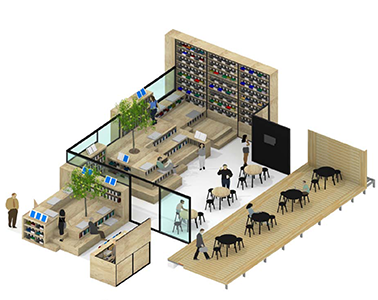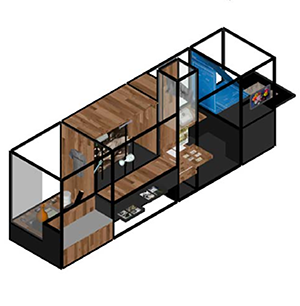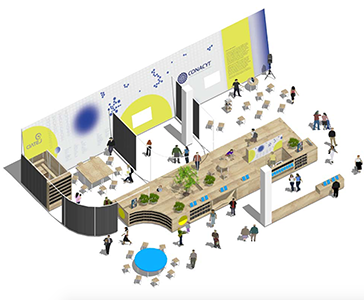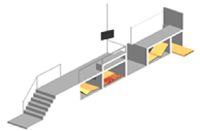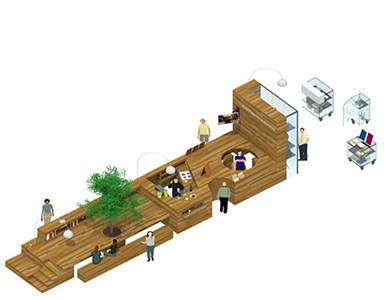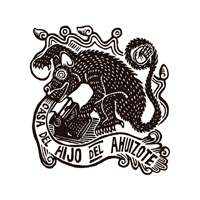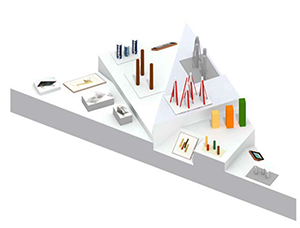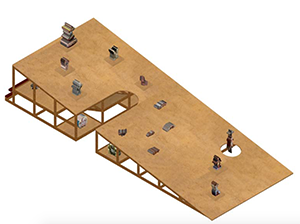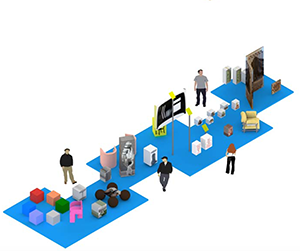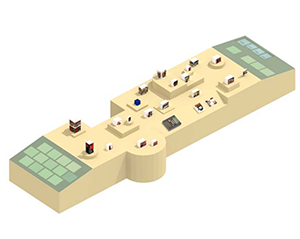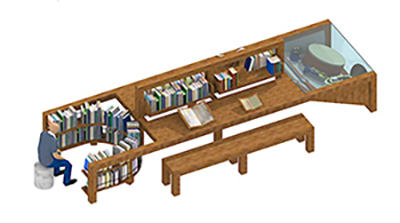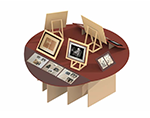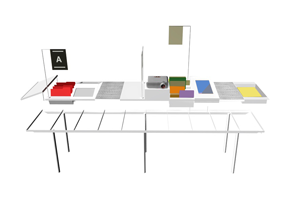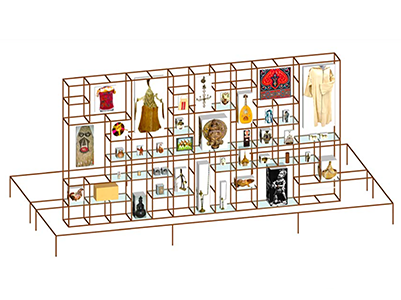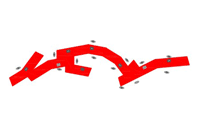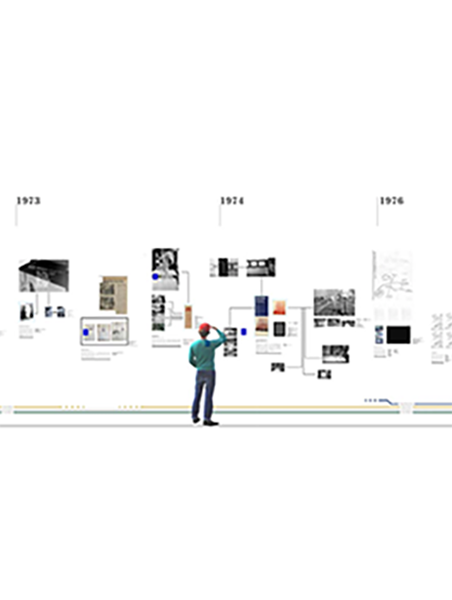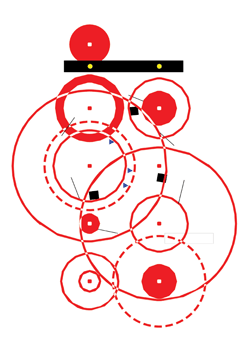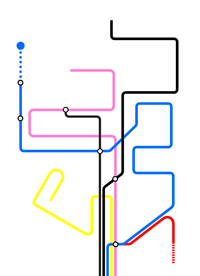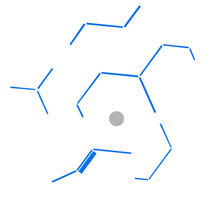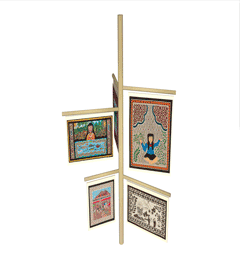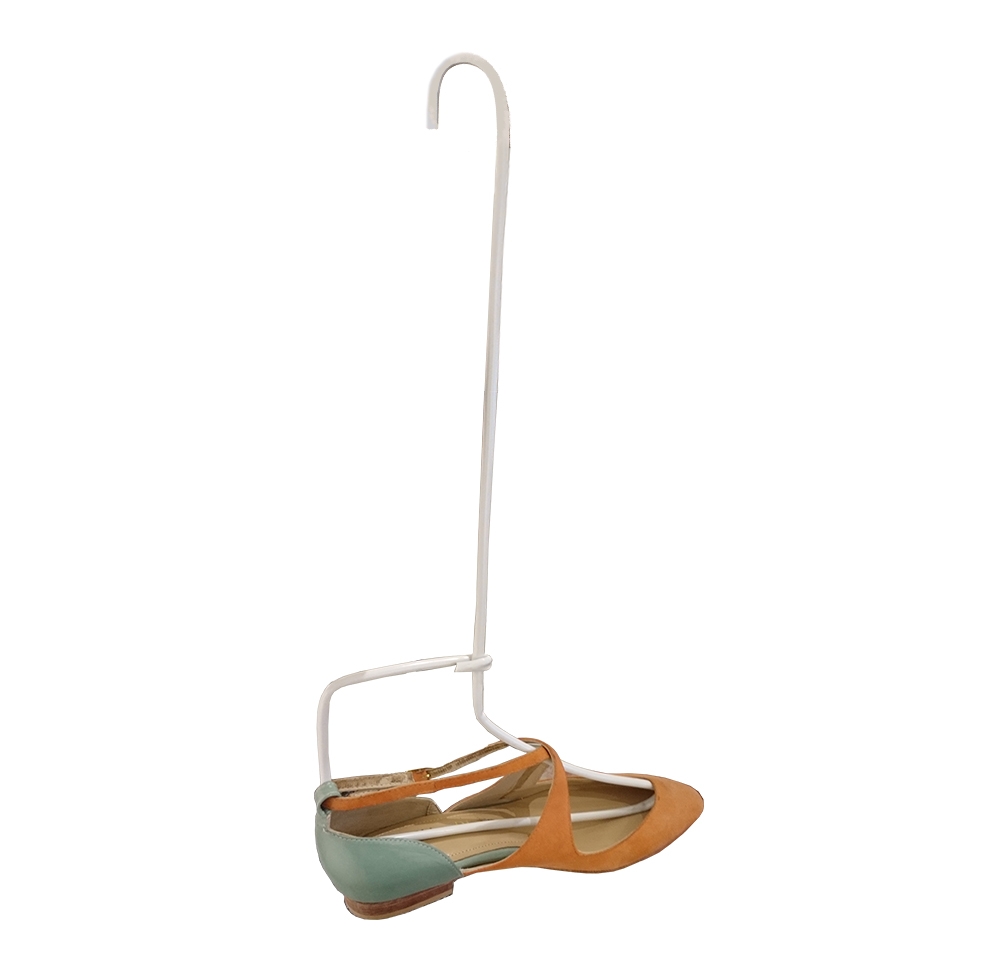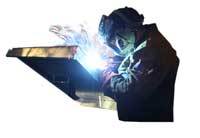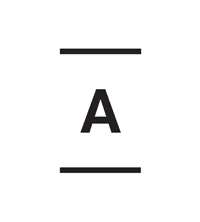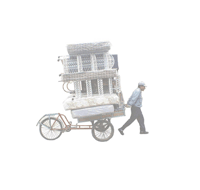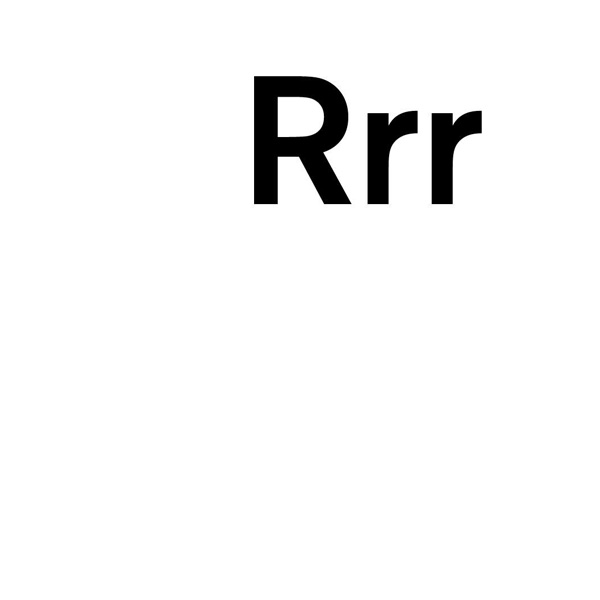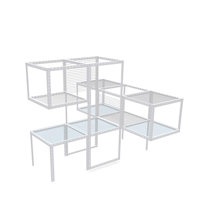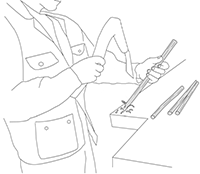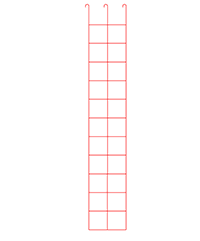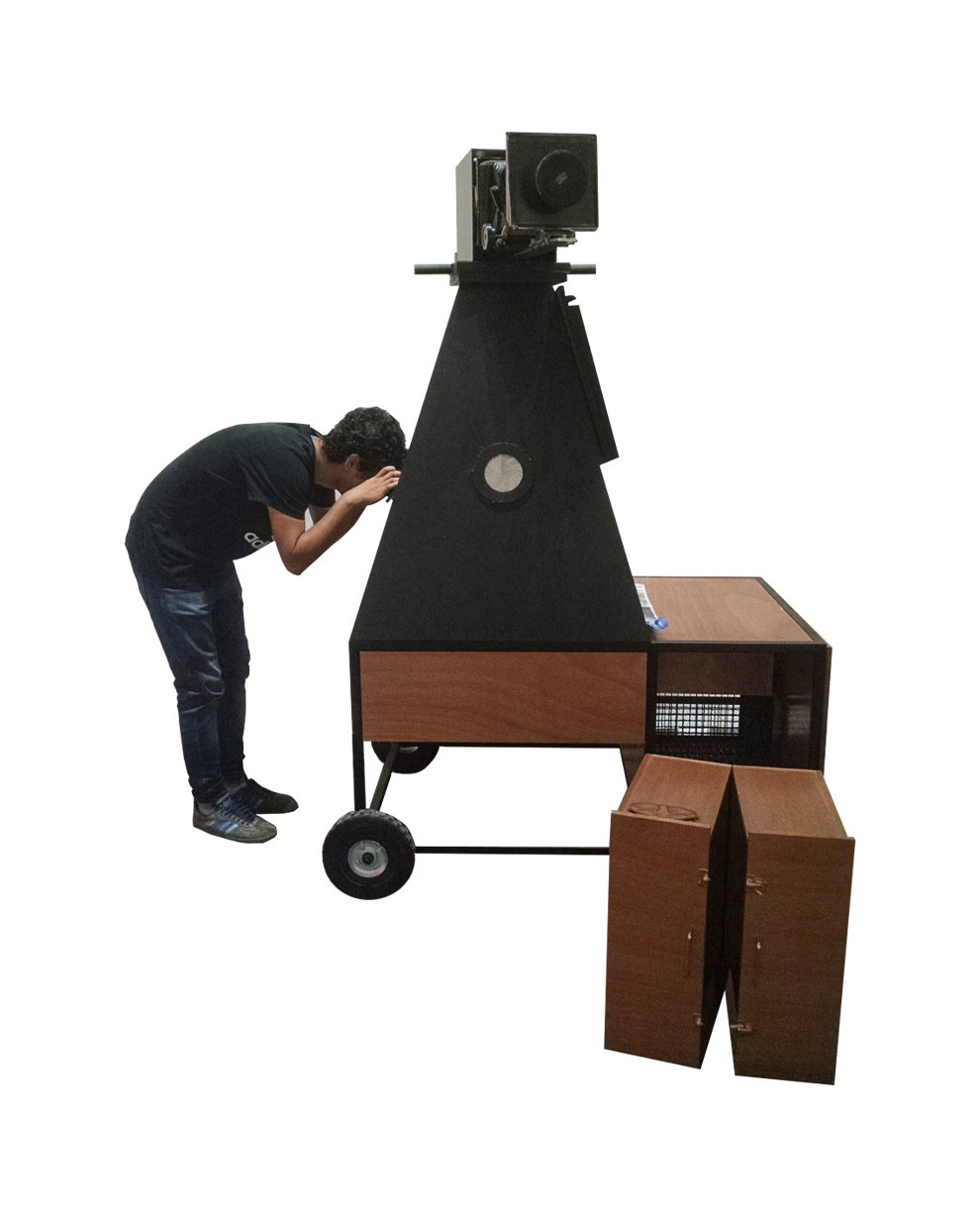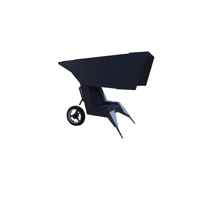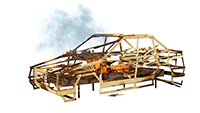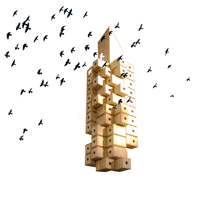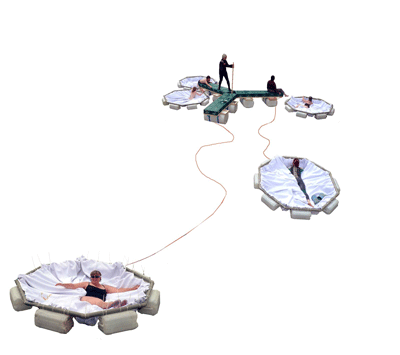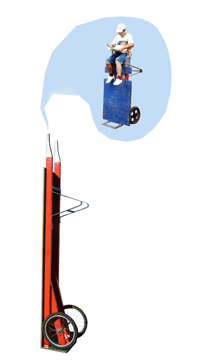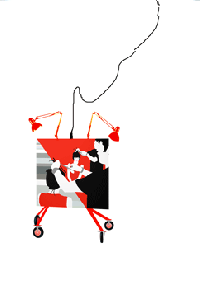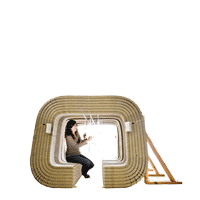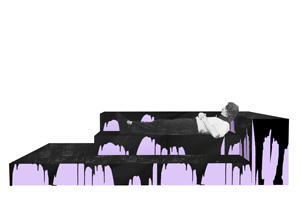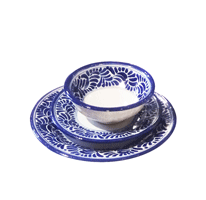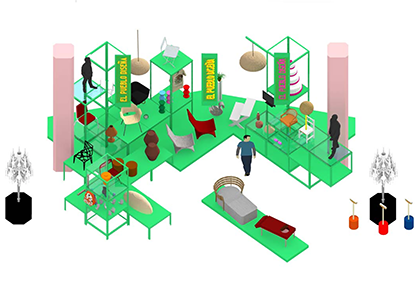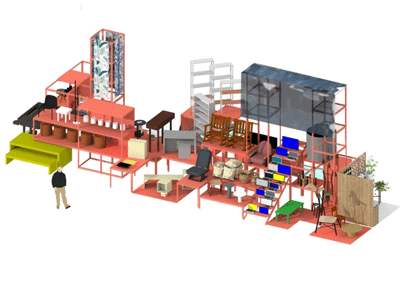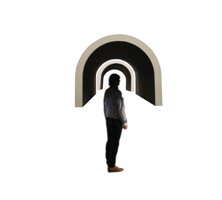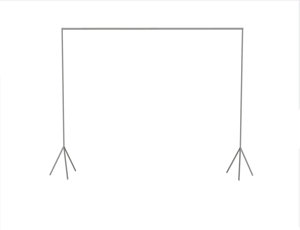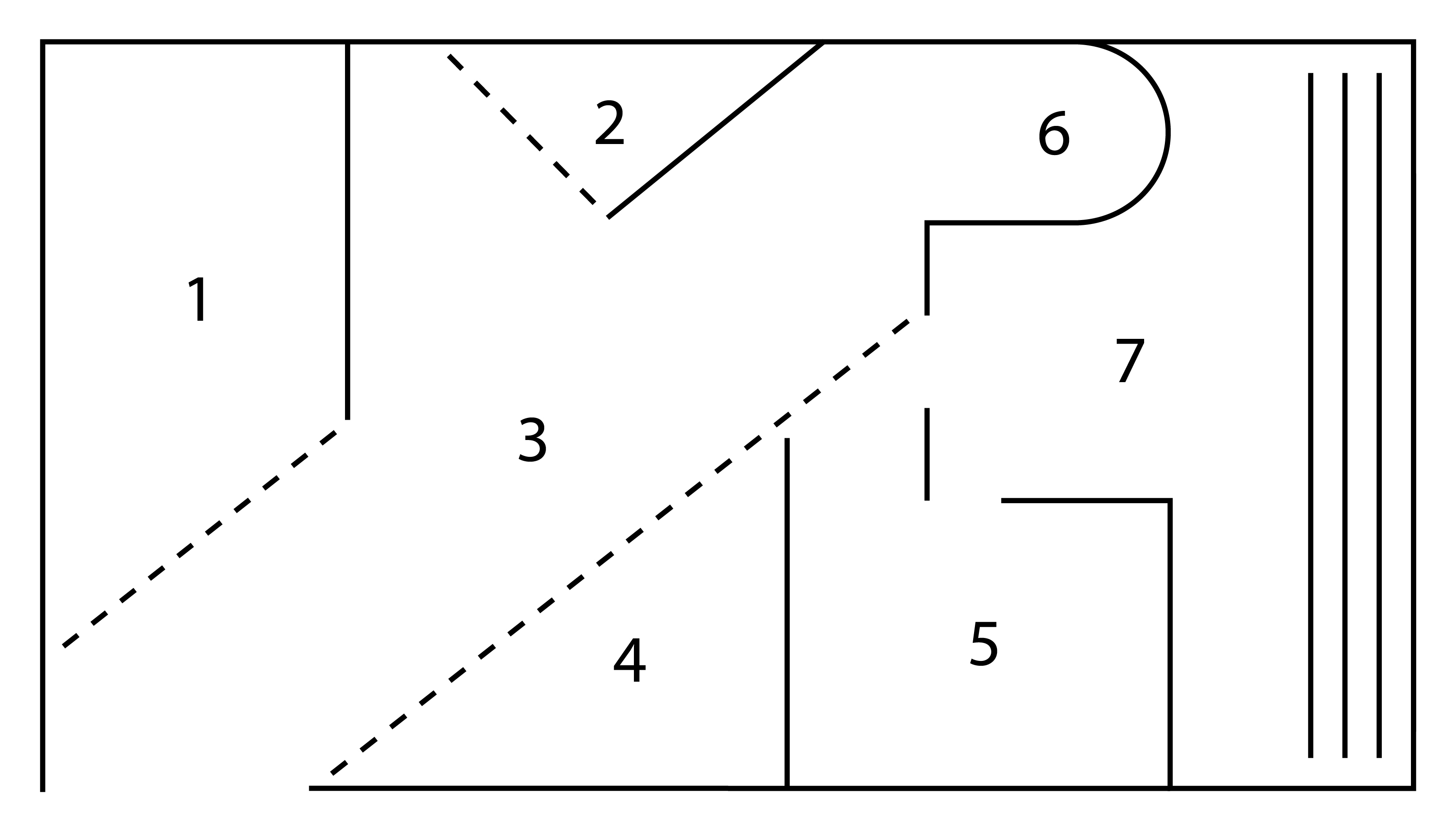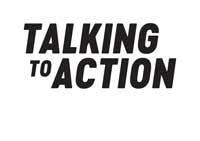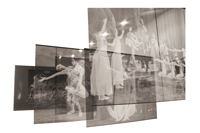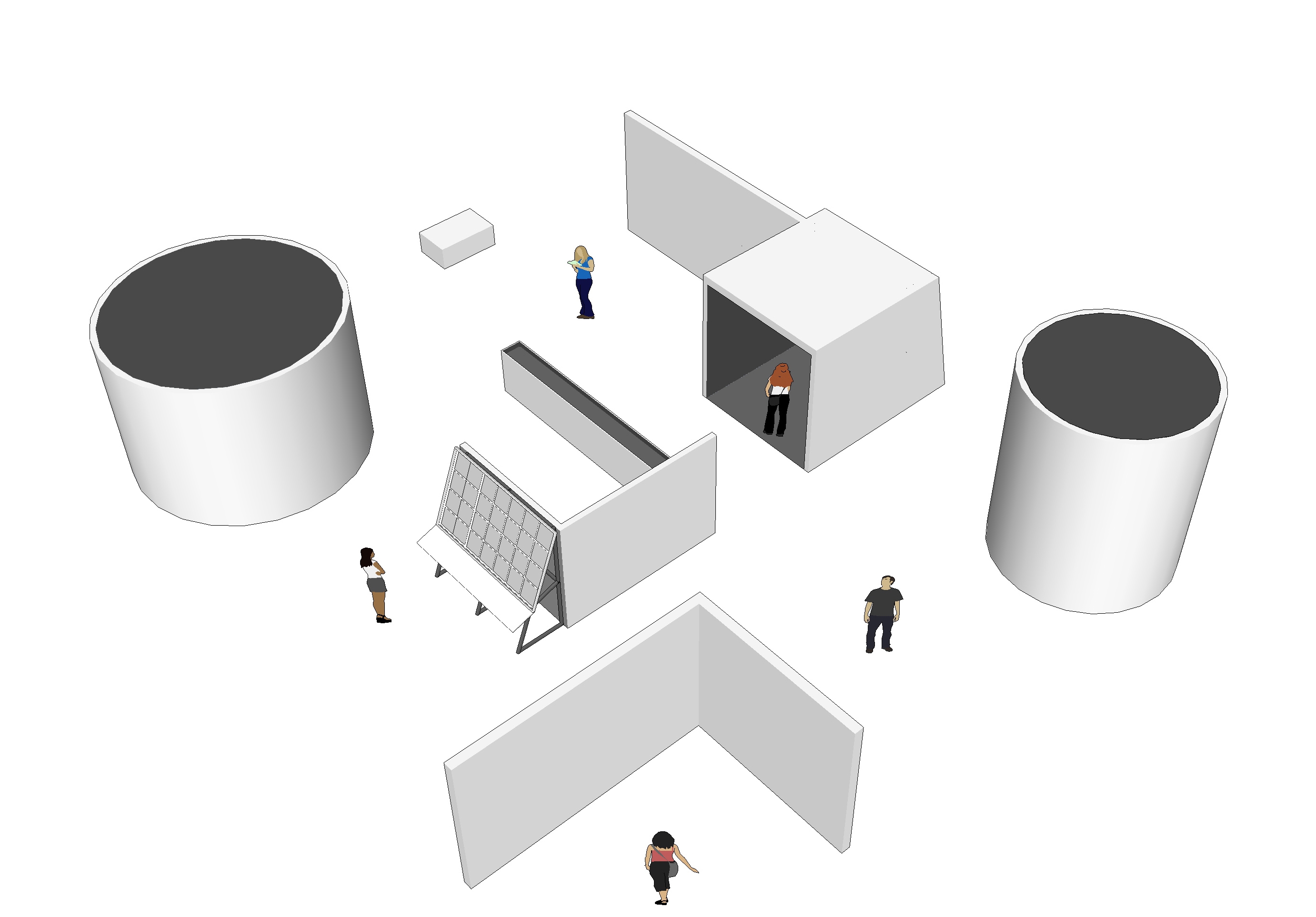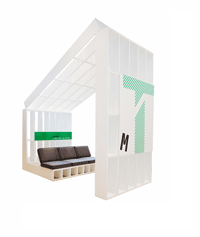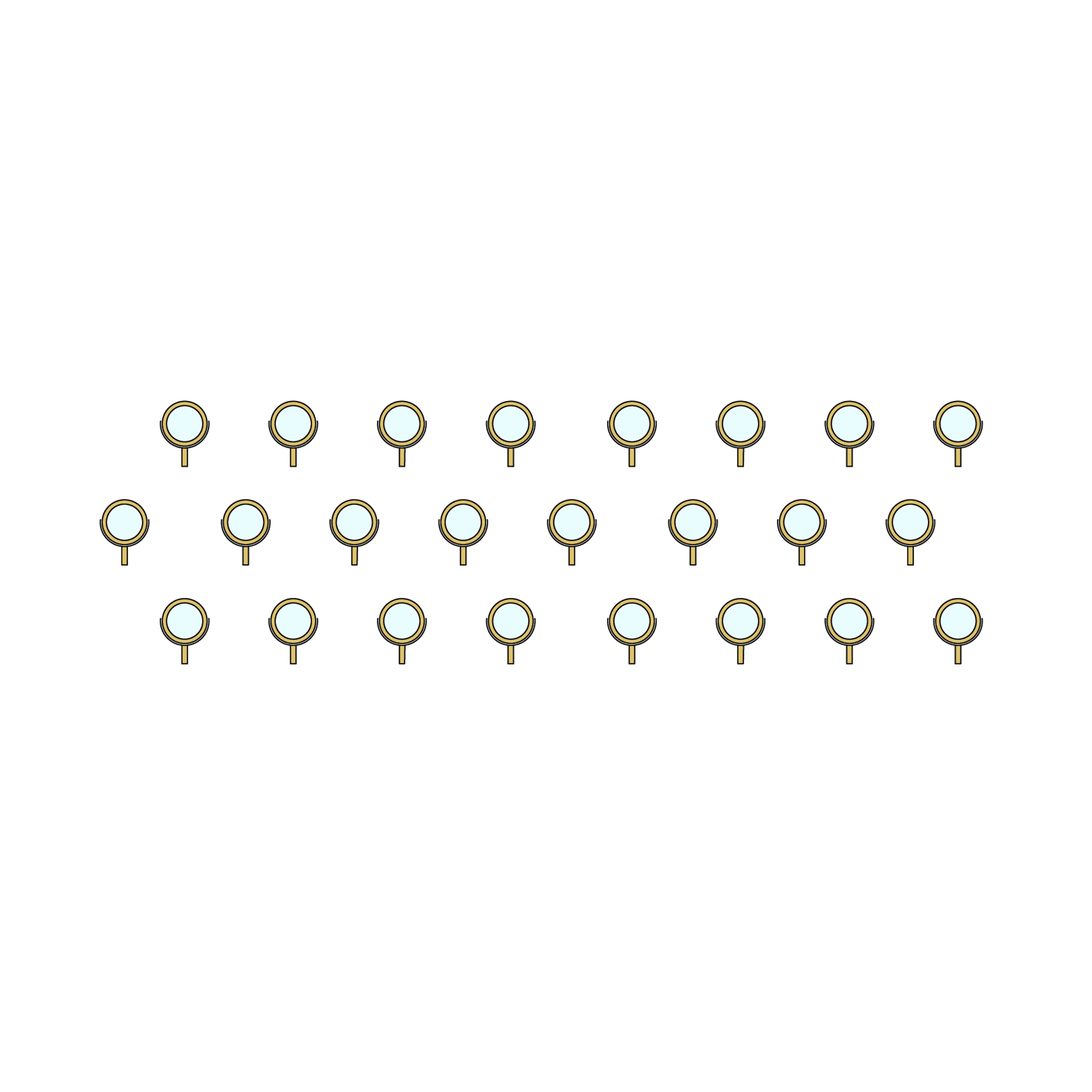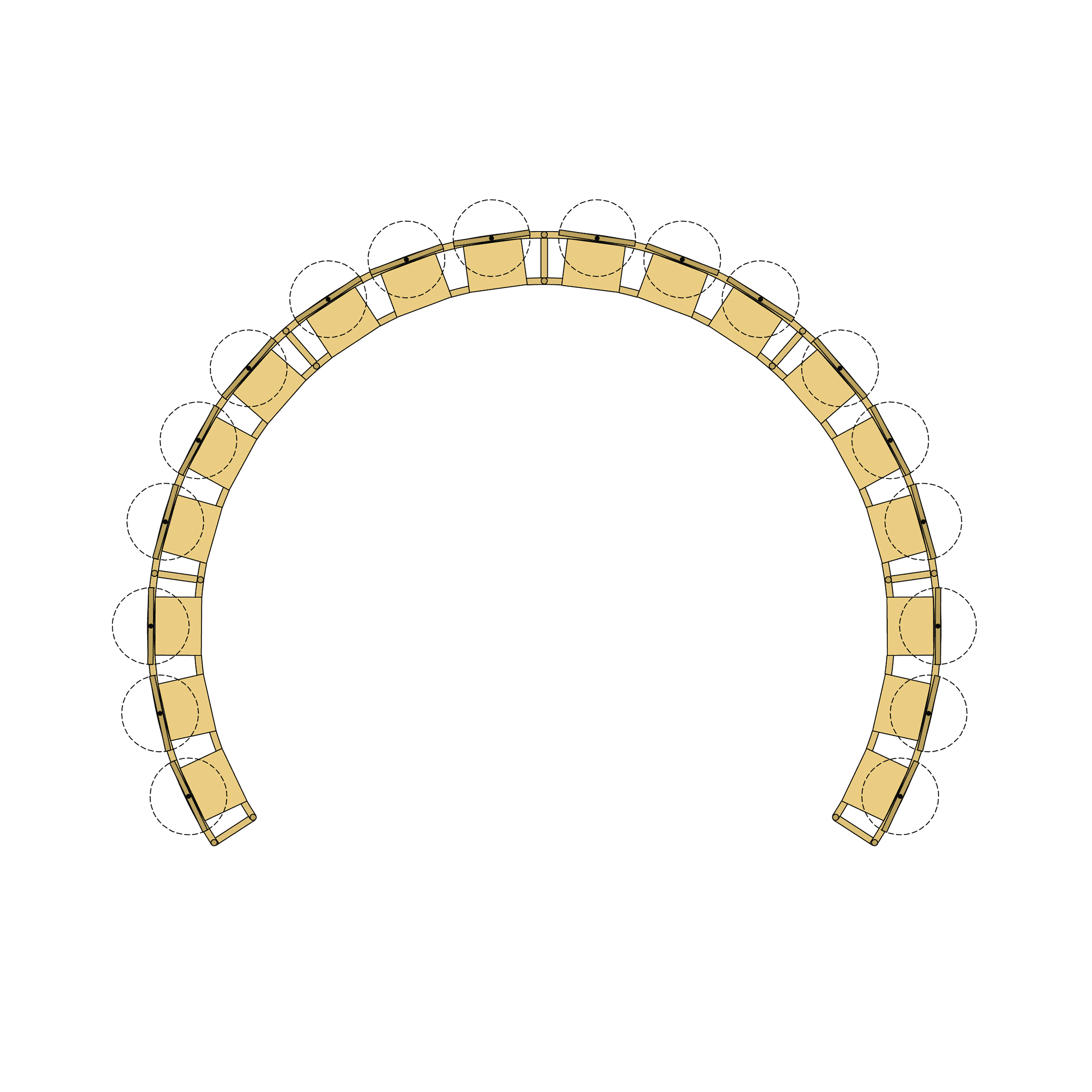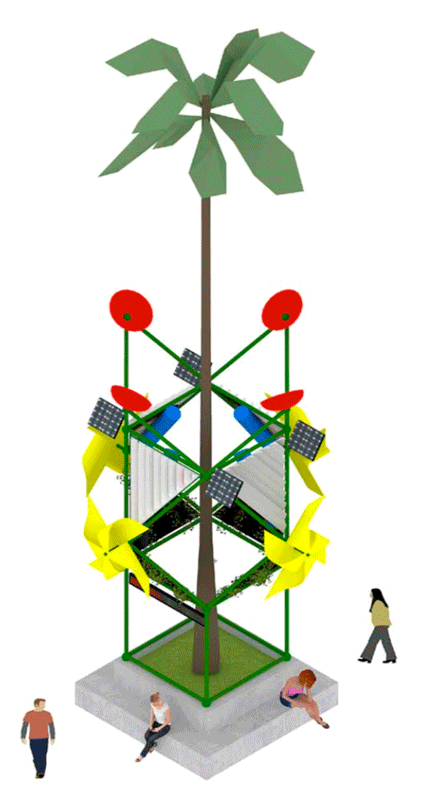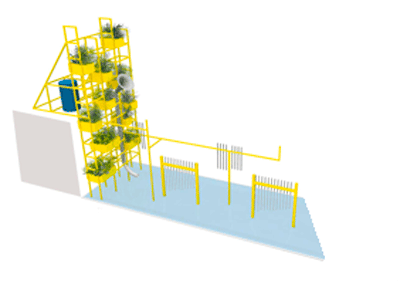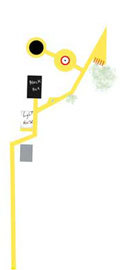“Procesos de apropiación, auto construcción y crecimiento”.
(En colaboración con Julio Cesar Bazán)
Este proyecto se realizó a partir de derivas por la ciudad de Lima, registrando y almacenando información mixta, movilizándose vía trasporte público en todas sus escalas y variedades. En este proceso se fueron notando patrones comunes de “informalidad”; patrones de crecimiento; crecimientos lentos mediante procesos de sedimentación urbana (compuestas por etapas de asentamiento, coagulación y consolidación). Estos patrones que se dan tanto en la vivienda como en el comercio y en el transporte, crean una red de microurbanismos que interconectados conforman la ciudad “informal”. El ejercicio de investigación consistió en el registro fotográfico constante y aleatorio, para luego encontrar relaciones que concluyeron en tipologías, etapas de crecimiento y consolidación tanto en la vivienda como en el comercio y en el trasporte.
La vivienda va transformando su materialidad, de estera (caña tejida), a madera y luego a ladrillo, consolidando el primer nivel y dejando el segundo para el futuro. Más que estilos se tiene que leer la edad de la vivienda y en qué etapa de su proceso de crecimiento se encuentra.
El trasporte sigue procesos similares pero lo que se consolido con el tiempo fueron las rutas. Muchas rutas del trasporte público de Lima se trazaron e invadieron informalmente, rutas que con el tiempo se fueron legalizando y formalizando. Según escalas el trasporte se compone de: Mototaxis, taxis, Combis, Custer y Buses. Lo mismo sucede con en el comercio, que inicia con una persona sola como su vehículo de venta, y que mediante el proceso de sedimentación urbana va consolidando su actividad hasta transformar su mueble en un inmueble.
En esta investigación se puede notar que la Lima informal no se desarrolló a través de conceptos como el de proyecto, planificación, o diseño si no a través del ejercicio procesual de la apropiación, la auto-construcción y el crecimiento.
